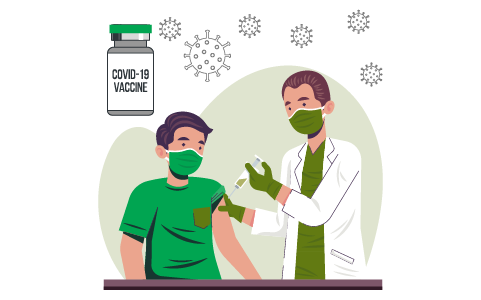Often surgery is not the only option in a particular illness. Even when surgery is the only option, the
timing and type of surgery may have many options. Different surgical options may have different costs,
risks, benefits and aftercare requirements. The needs, concerns and expectations of the patient and
caregivers often also impact apatient’s decision about whether, if, when and which type of surgery be
undertaken. Different doctors often have varying and conflicting viewpoints about how a particular medical
problem should be managed, whether through surgery or less invasive treatment means.
One surgeon may prefer to take a "wait and watch" approach by asking to take certain lifestyle measures
and/or medications before recommending surgery, while another may recommendearly surgery to avoid
complications requiring emergency surgery. Another surgeon might consider the risk of waiting to be too high
as the patient may not remain fit to have the surgery due to progression of the illness beyond a particular
threshold. In some cases, very different surgical techniques may be viable options for the same patient. The
competence and experience of a surgeon might make a big difference in what the surgeon is willing to do or
the risk a patient is willing to take by getting operated by a particular surgeon or in a particular
country, city or hospital. The track record of a surgeon and his team matters. Medicine does not always
provide a simple answer which cannot be questioned, and of course physicians are human, and therefore
capable of making mistakes despite their best efforts.
In some cases, there are no symptoms or atypical symptoms which may suggest that the problem is not surgical
when actually it is. For example, Hyperparathyroidism is often diagnosed before signs or symptoms of the
disorder are apparent. When symptoms do occur, they're the result of damage or dysfunction in other organs
or tissues due to high calcium levels in the blood and urine or too little calcium in bones.Symptoms may be
so mild and nonspecific that they don't seem related to parathyroid function, or they may be
severe.Hyperparathyroidism is diagnosed by measuring the amount of calcium and parathyroid hormone (PTH)
produced by parathyroid glands in the blood. If both are high, the diagnosis of hyperparathyroidism is made.
But in 20% of cases of parathyroid tumours causing hyperparathyroidism have high calcium but normal
parathyroid hormone (PTH) level.
The prostate is a small walnut shaped gland in the pelvis of men. Growths in the prostate can be benign (not
cancer) or malignant (cancer).BPH stands for benign prostatic hyperplasia. Hyperplasia means abnormal cell
growth. The result is that the prostate becomes enlarged. BPH is not linked to cancer and does not increase
your risk of getting prostate cancer—yet the symptoms for BPH and prostate cancer can be similar. BPH may
not need immediate surgery while in prostate cancer it depends on the grade and stage of the cancer and
whether it has already spread or not.
While obtaining a history of a patient with knee pain, the following key questions should be
addressed:
- Has there been an acute injury?
- Is a joint effusion present?
- Is there evidence of osteoarthritis?
- Are there mechanical symptoms?
- Is there evidence of systemic disease?
Knee replacement surgery is one option to treat knee pain and concomitant disability. But it may not be the
first line of treatment for your knee pain and disability. Your age may be an important determinant. The
meniscus is a C-shaped cushion of cartilage in the knee joint. When people talk about torn cartilage in the
knee, it usually refers to a torn meniscus. A meniscal transplant surgeryis another option in suitable
cases. If an artificial meniscus is available then for younger patients (below 50 years of age) it may be
the preferred option.
Our specialists at AIMS2Health would look at your full profile and take into account all relevant parameters
to advise you the best and final solution that best fits most if not all your needs, concerns and
expectations.
References:
-
Parathyroid Disorders https://www.aafp.org/afp/2013/0815/p249.html
-
What is Prostate Cancer? https://www.urologyhealth.org/urology-a-z/p/prostate-cancer
-
History Taking and the Musculoskeletal
Examination https://arthritis.arizona.edu/history-taking-and-musculoskeletal-examination
-
Knee Pain and
Problems https://www.hopkinsmedicine.org/health/conditions-and-diseases/knee-pain-and-problems
-
World’s First 'Artificial Meniscus' Available in
Israel
https://www.odtmag.com/contents/view_breaking-news/2019-11-19/worlds-first-artificial-meniscus-available-in-israel/
-
Meniscal Transplant Surgery https://orthoinfo.aaos.org/en/treatment/meniscal-transplant-surgery/









